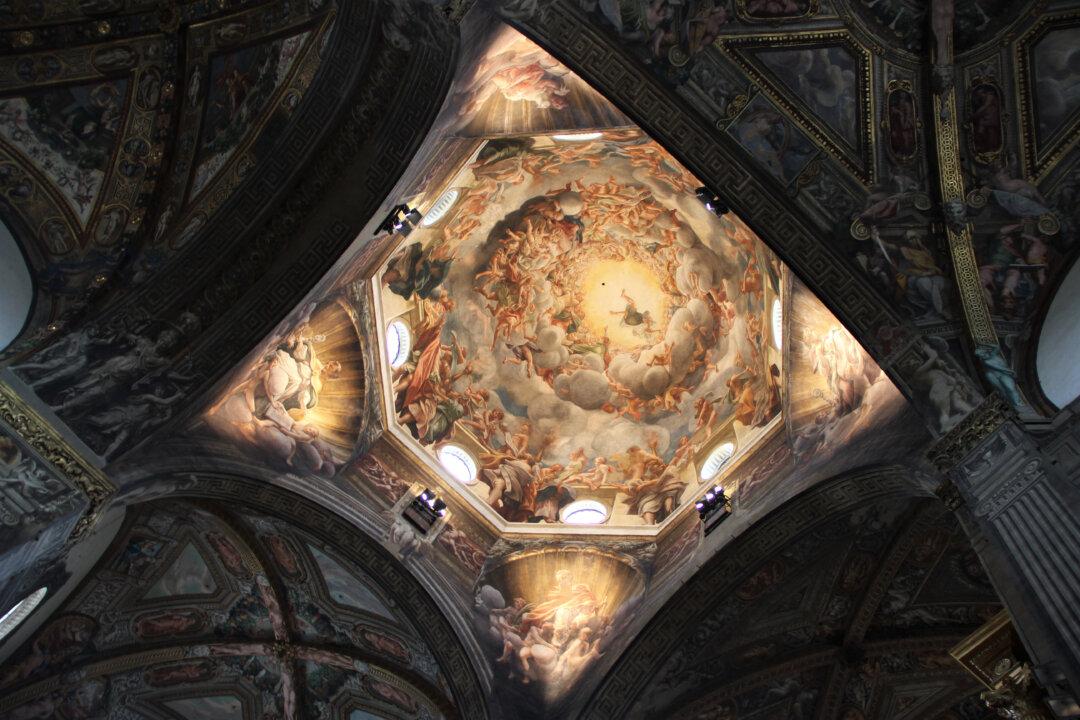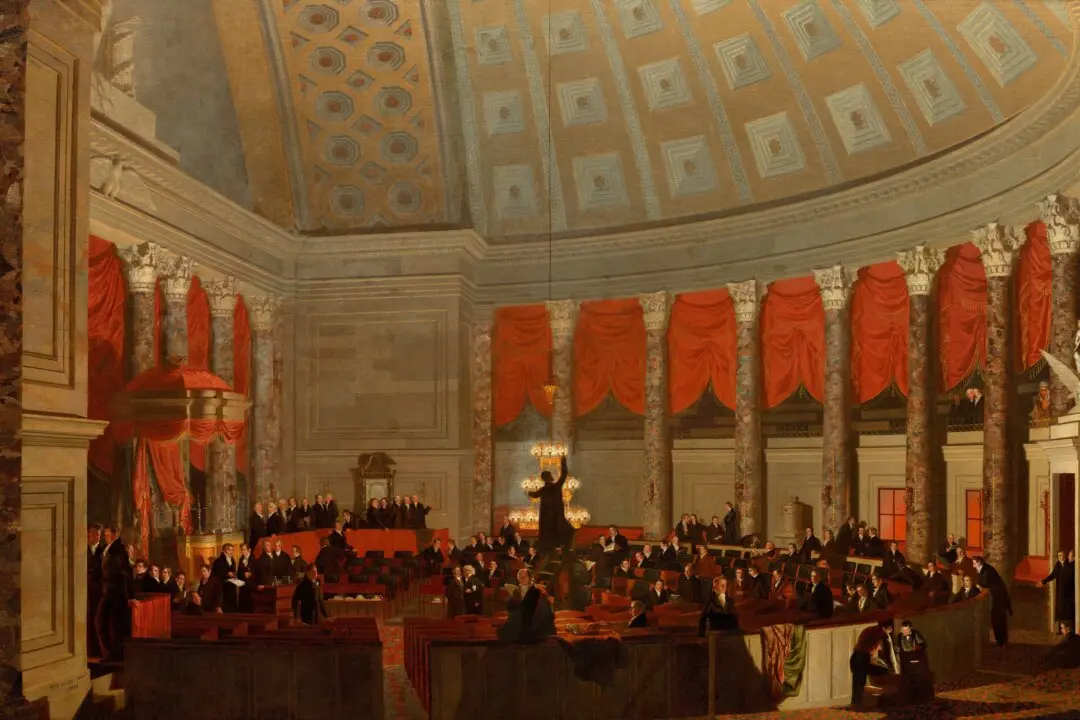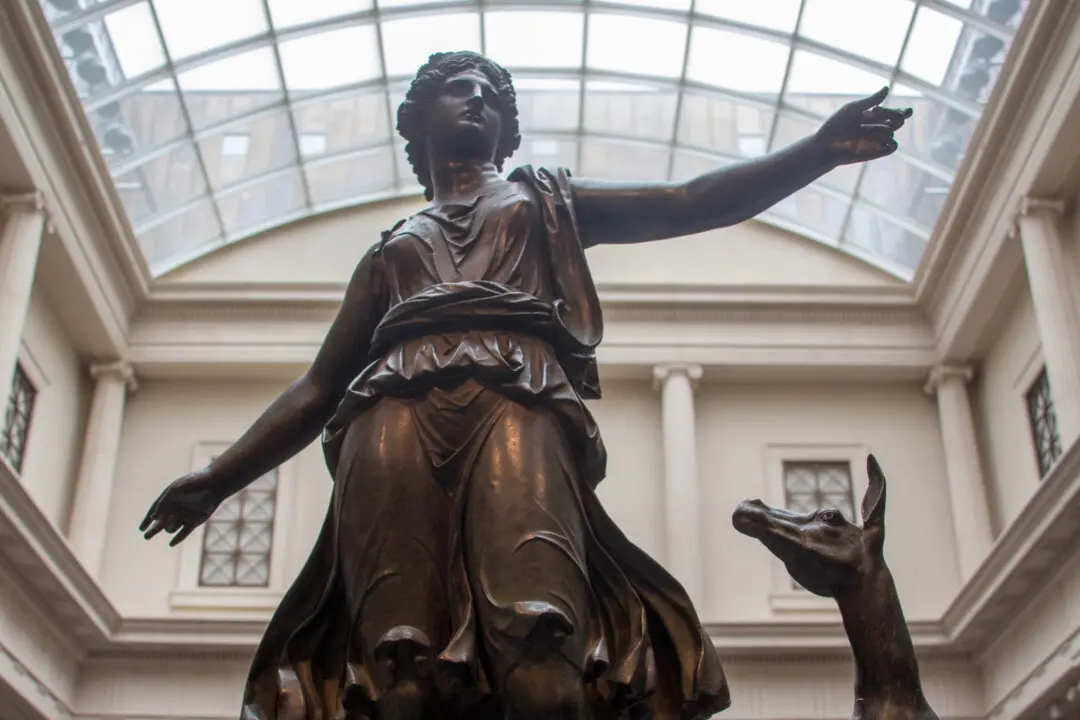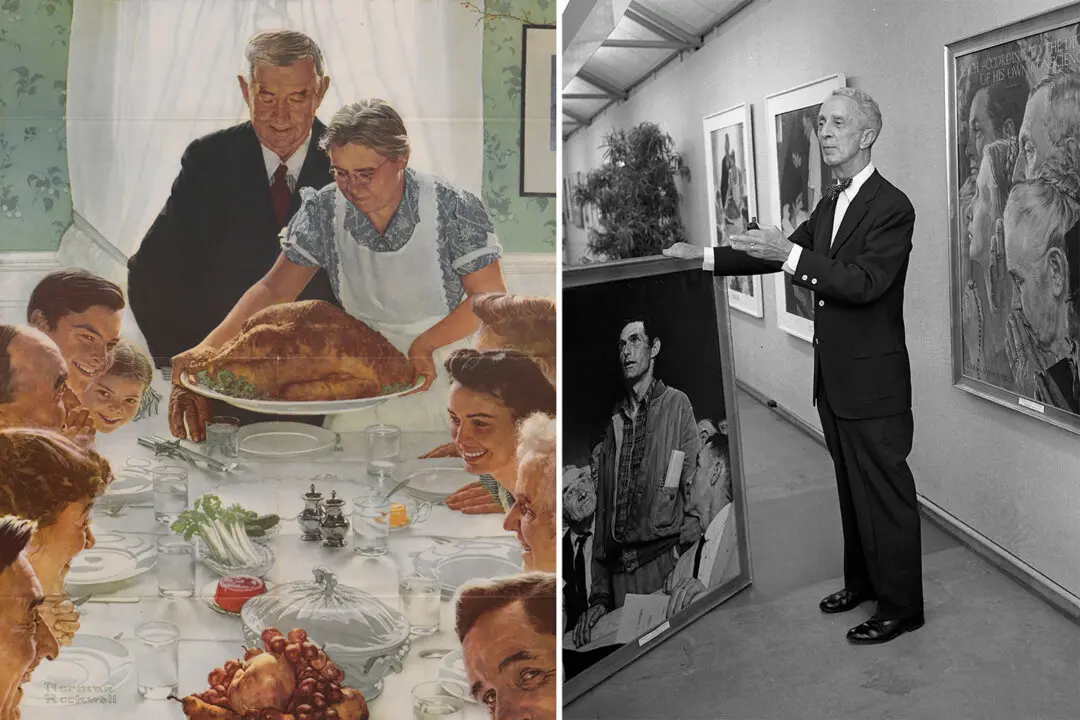Ceilings are often referred to as the “fifth wall” in today’s interior design world, but decorative schemes for ceilings are nothing new. The illusionistic style of ceiling frescoes known in Italian as “di sotto in sù,” meaning “from below to above,” can be traced to 16th-century Venice. Ceiling frescoes have earlier roots in wall painting from ancient Rome. Historic ceiling frescoes often feature a trompe l’oeil sky that seems to extend to celestial heights. Standard subjects in historic ceiling frescoes are mythological and biblical figures. Examples can be found in churches and palaces in Italy and throughout Europe.
Three of Italy’s most important historical artists are celebrated not only for their painting oeuvre but also for their magnificent frescoes. Fresco is a wall decorating technique that entails painting onto wet plaster. Ceiling frescoes by Renaissance artists Andrea Mantegna and Correggio can still be found in situ in northern Italy, in a ducal palace and cathedral, respectively. Giovanni Battista Tiepolo, a Rococo artist who worked in the vein of the great Renaissance and Baroque masters, created frescoes in both Italy and Spain. He also painted the world’s largest ceiling fresco in a German palace.





